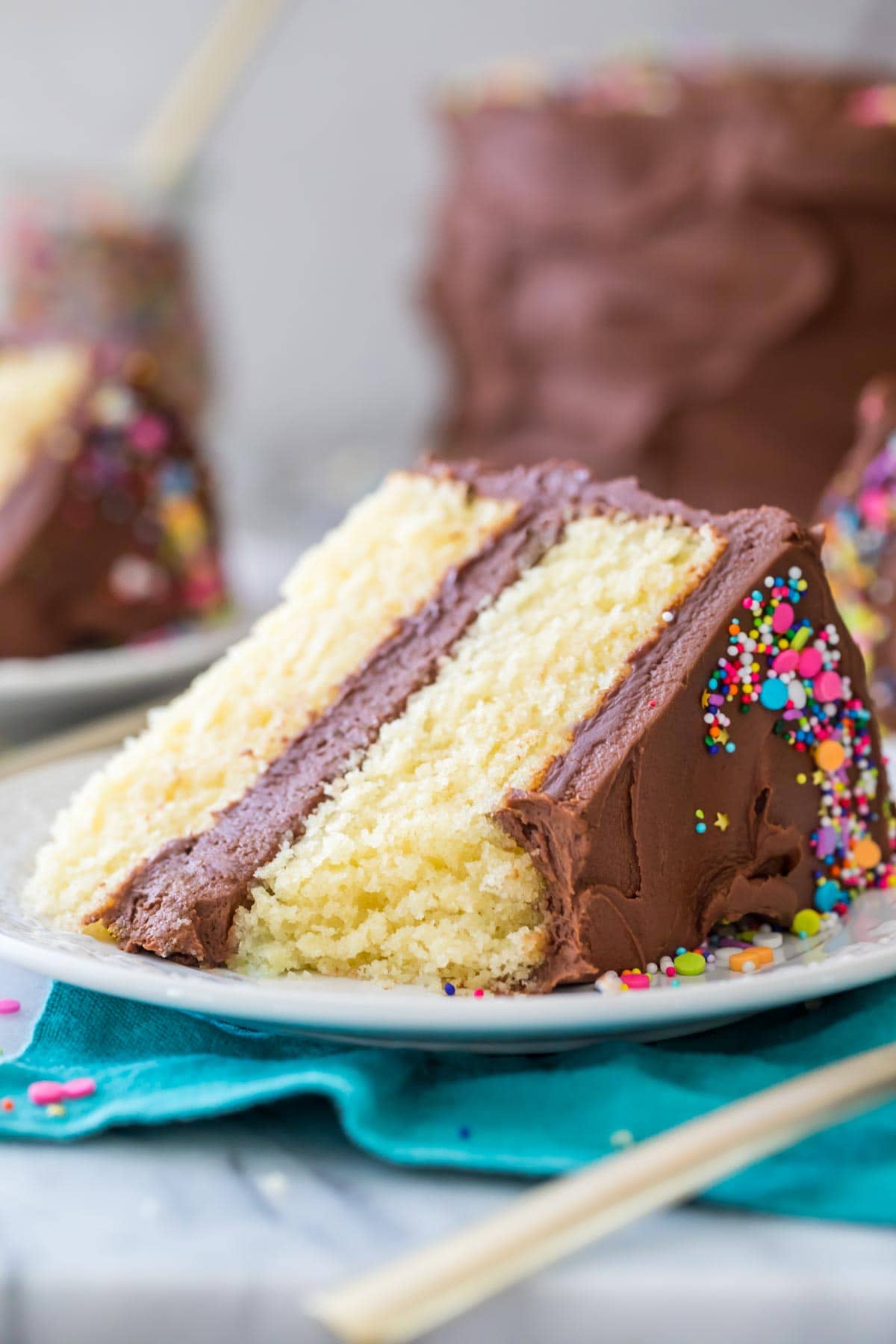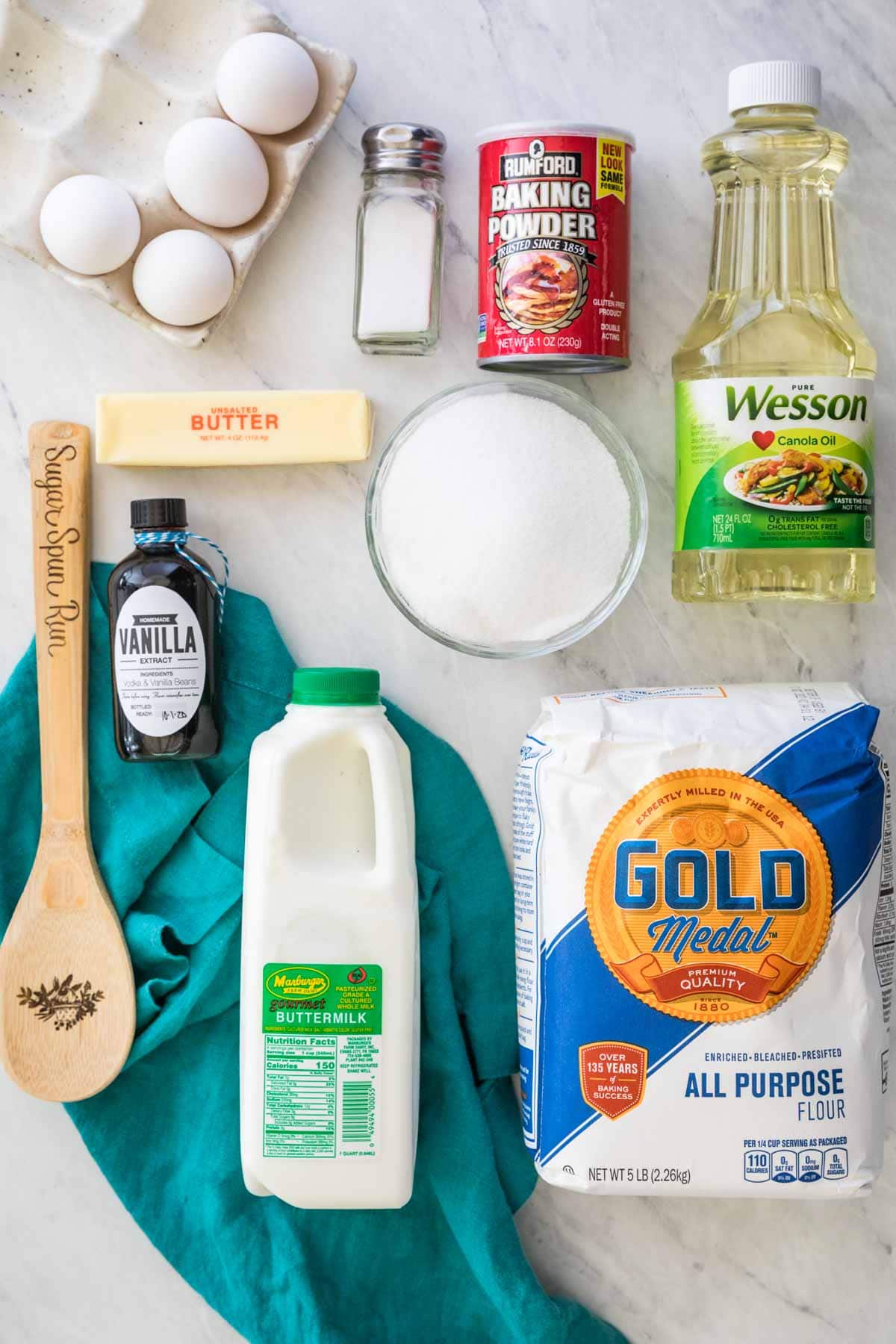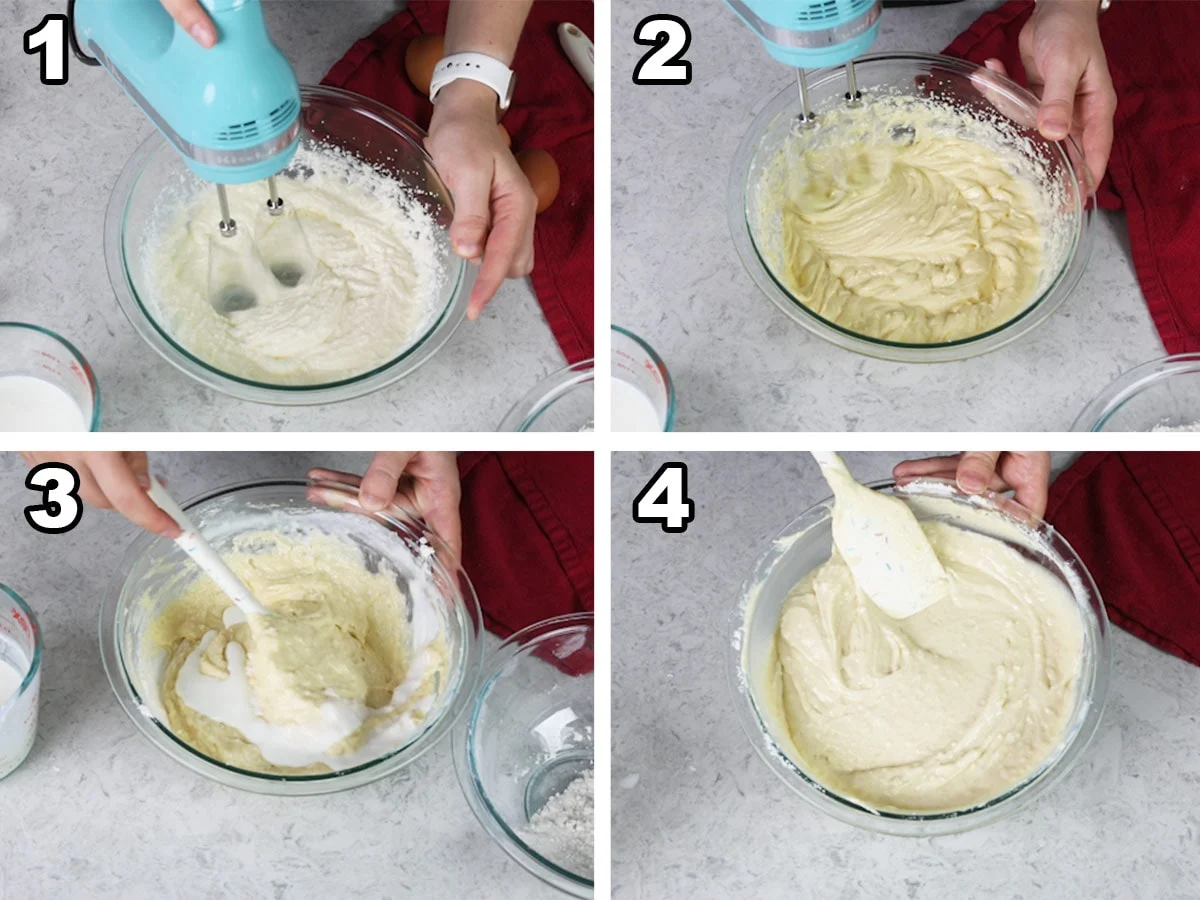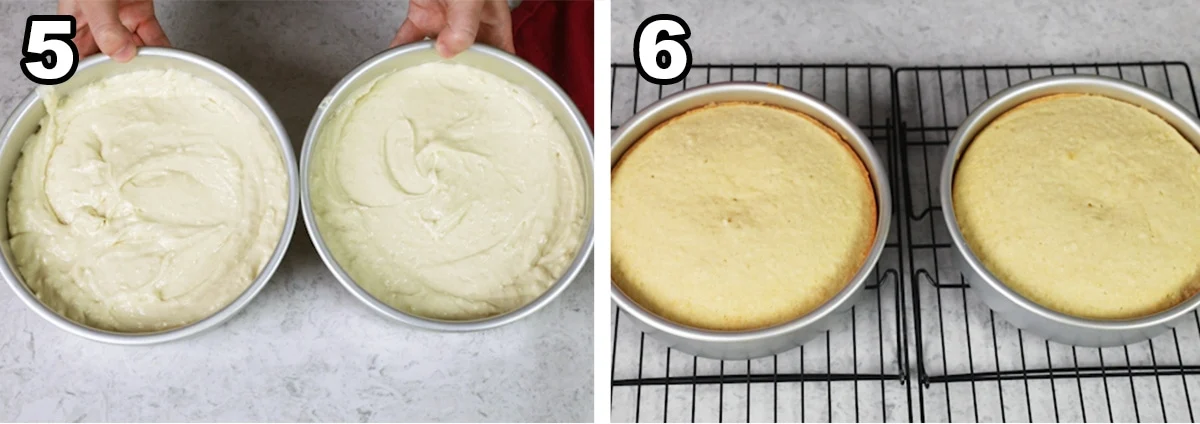

By Sam Jan. 30, 2024, 10:33 p.m. ET
Every baker needs a solid vanilla cake recipe in their repertoire, and today’s recipe is just that.
It’s soft, plush, and perfectly moist. Not to be confused with my white cake, this recipe is a beautiful pale golden color and distinctly vanilla flavored. It pairs beautifully with any frosting, although a traditional chocolate frosting is my favorite finish!
Like my chocolate cake, this has been one of my most popular recipes for years (and you may recognize it as the base for both my pineapple upside-down cake and my marble cake). It’s a simple, classic, and incredible vanilla cake. So many of you have tried and loved this recipe, and while the recipe remains exactly the same, I thought it was about time for a facelift with new photos and a new video.
The flavor and texture of this cake is so much better than box-mix, and the preparation is almost as easy. I’ve included a few tips below to help you be successful, so make sure to read all the notes before you get started.

After testing many versions and combinations of ingredients, I’ve found that a good vanilla cake needs the following ingredients:
Oil AND butter. A blend of these two ingredients gives the cake the best possible flavor and texture. Butter provides flavor while oil adds moisture and keeps it from being too dry. A cake made with all oil would be moist but lacking in flavor, and an all-butter cake may have a more buttery taste, but would be more dry. Any neutral cooking oil will work here, but I typically recommend using either vegetable or canola oil. For the butter, unsalted is best so we have maximum control over the flavor of the cake
Sugar. Plain granulated sugar works best. Brown sugar would add moisture, but would detract from the classic vanilla flavor and even weigh down the cake a bit.
Eggs. You’ll need four eggs, and it’s best if you bring them to room temperature before adding them (this helps them incorporate into the batter more evenly).
Vanilla. You can’t have vanilla cake without vanilla! I recommend using a good quality vanilla extract, so if you’ve got a batch of homemade vanilla extract, use it here!
Flour. I developed this vanilla cake recipe to be work with all-purpose flour and that’s what I always use. However, you *could* use cake flour instead. To substitute by weight, you would use the same amount, but if you are using measuring cups you will need to substitute your flour properly.
Baking powder. I know a tablespoon of baking powder may seem like a lot, but that’s not a typo. Always make sure your baking soda is fresh and avoid using a generic brand, which I’ve had mixed results with in the past.
Salt. You can just use plain table salt.
Buttermilk. I strongly recommend using full-fat buttermilk for the best flavor and texture. While I do have a buttermilk substitute, it doesn’t really make this vanilla cake quite as moist and flavorful as I like it to be, so now I strictly recommend using real buttermilk. And no, you do not *need* to have baking soda in a recipe in order to use buttermilk; we’re using it for its moisture and flavor here!

1. Cream the butter, oil, and sugar in the bowl of a stand mixer.
2. Add the eggs one at a time, beating well after each addition. Then, add your vanilla and stir to combine.
3. Combine your dry ingredients in a separate bowl, then add about ⅓ of the mixture into your bowl. Use a spatula to gently stir until just combined. Follow this with about ½ of your buttermilk, and stir again until just combined.
4. Add ½ of the remaining dry ingredients stir, and then add the remainder of the buttermilk. Finish with the final portion of dry ingredients and use your spatula to make sure the batter is smooth–do NOT overmix!

5. Divide the batter evenly into two greased baking pans.
6. Bake, then use a toothpick to test for doneness. Let the cakes cool in their pans a bit before inverting onto a cooling rack, where they’ll need to cool completely before frosting.